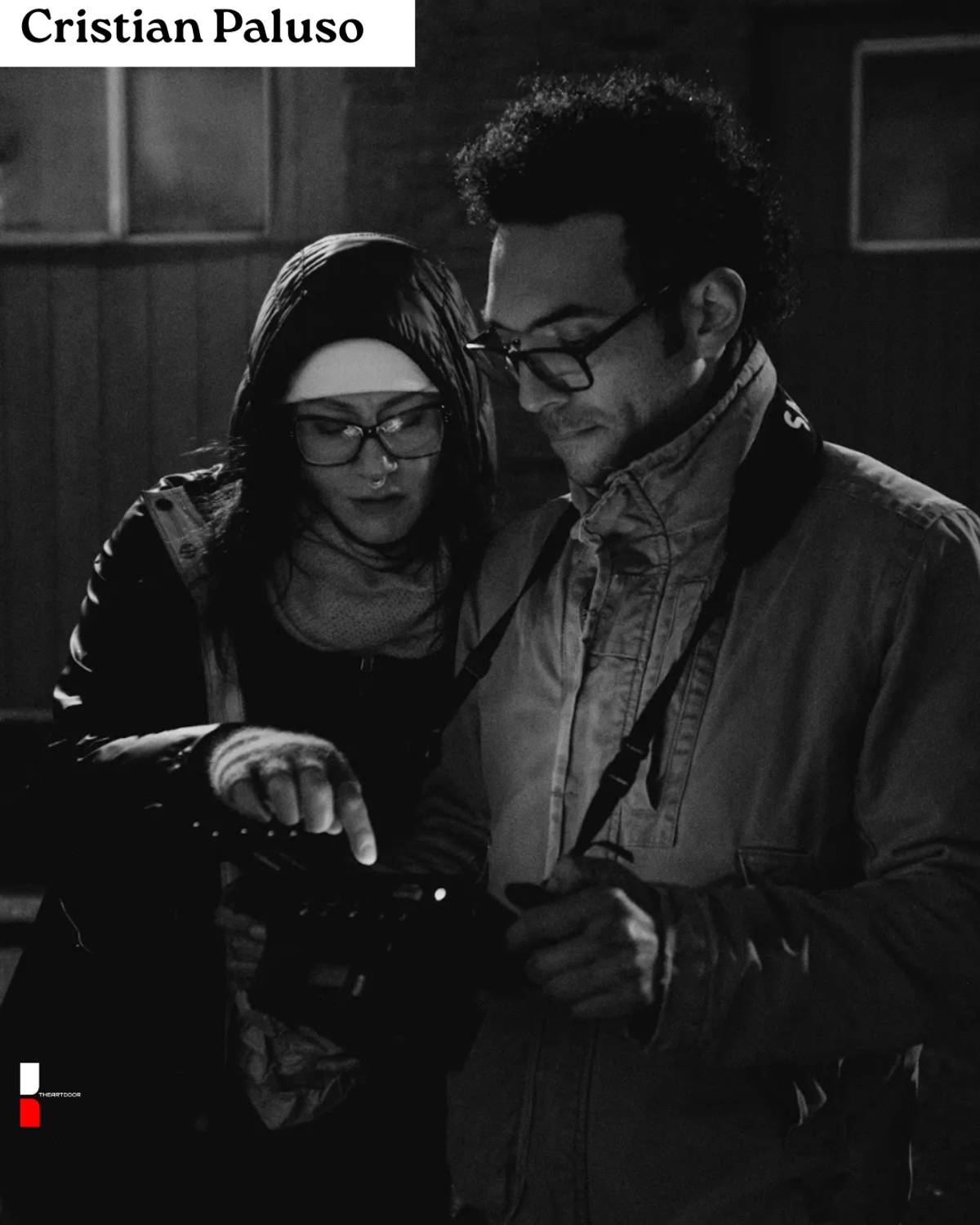Inventing the Language of Cinema: How and Why D.W. Griffith Shaped Modern Film
By Staff Writer | Editor in chief: Entertainment Correspondent
ShareBefore cinema became a global language, it was little more than a moving image sideshow, a novelty act for curious crowds. But in the early 20th century, one man began to forge a new grammar for storytelling on screen. David Wark (D.W. ) Griffith, a Kentucky-born theater actor turned filmmaker, revolutionized motion pictures not by inventing the camera, but by teaching it how to speak.
Griffith’s films, especially The Birth of a Nation (1915) and Intolerance (1916), are now studied as foundational texts in the evolution of cinematic technique. He was not the only director experimenting with form, but he was arguably the first to consolidate a wide range of editing, framing, and narrative devices into what became known as “classical Hollywood style.” Despite enduring controversy over his content, particularly the blatant racism of The Birth of a Nation, Griffith’s impact on the show is undisputed.

The Birth of a Nation (1915)
The Need for a New Language
When Griffith began directing short films for the Biograph Company in 1908, movies were barely more than filmed stage plays. Wide shots were static, scenes played out in real-time, and cuts were rare and clumsy. Griffith, influenced by his background in theatre and literature, saw cinema’s untapped potential as a narrative art form.

D.W. Griffith Directing A Movie Photo: photo.com by GettyImages
He began experimenting. He moved the camera closer to actors’ faces, creating the now-ubiquitous close-up, a radical choice that helped audiences feel what characters felt. He pioneered the use of cross-cutting to build suspense by showing simultaneous actions in different locations. He manipulated pacing through editing, quickening the rhythm of action scenes and slowing down emotional beats. These methods were not inventions in a strict sense, but Griffith synthesized and refined them into a coherent visual vocabulary.

Kevin Brownlow Photo: San Francisco Silent Film Festival
“Before Griffith,” said film historian Kevin Brownlow, “the audience watched a story unfold. After Griffith, they felt it.”
Why Griffith Did It
Griffith’s motivations were both artistic and personal. Raised on Civil War legends and Southern romanticism, he was obsessed with grand narratives and moral conflicts. He believed cinema could rise above mere entertainment and become a vehicle for emotional truth and historical epic.
In interviews and writings, Griffith often spoke of “painting with light” and “sculpting with motion.” He wanted audiences to experience time, emotion, and consequence not through exposition, but through image and rhythm. Unlike the theater, where actors convey meaning through dialogue and gestures, the film allowed Griffith to create meaning through juxtaposition the so-called “montage.”

Photo: brownz13.wordpress
He was also driven by competition. European directors like Georges Méliès and Edwin S. Porter had already advanced narrative film, but Griffith was determined to surpass them. By the time he made The Birth of a Nation, Griffith had directed over 450 shorts, each one an experiment in storytelling structure. His innovations were born from relentless trial and error film by film, cut by cut.
Legacy: Complex and Contested
Griffith’s techniques remain the bedrock of cinematic storytelling. Every chase scene that builds suspense through intercutting owes something to his editing. Every dramatic close-up, every reaction shot, every dissolving transition has roots in his work.

Photo: The Cinema Archives
Yet Griffith’s legacy is complicated by the content of his most famous film. The Birth of a Nation, despite its technical brilliance, promoted white supremacist narratives and glorified the Ku Klux Klan. It sparked protests even in its own time and remains a chilling reminder that innovation and ideology often walk hand in hand.
Today, film schools teach Griffith’s contributions alongside critical discussions of race, propaganda, and representation. His work is a case study in how artistic breakthroughs can carry moral baggage.
Final Frame
D.W. Griffith didn’t invent cinema, but he helped it grow up. He taught it how to tell stories not through words, but through images, movement, and emotion. His legacy is both a triumph of form and a cautionary tale of content.
As cinema continues to evolve in the age of streaming, CGI, and AI, filmmakers still rely on the vocabulary Griffith helped define. But perhaps the most enduring lesson is that the language of film, like any language, is shaped by those who speak it and those who are left unheard.
Discover D.W. Griffith:


